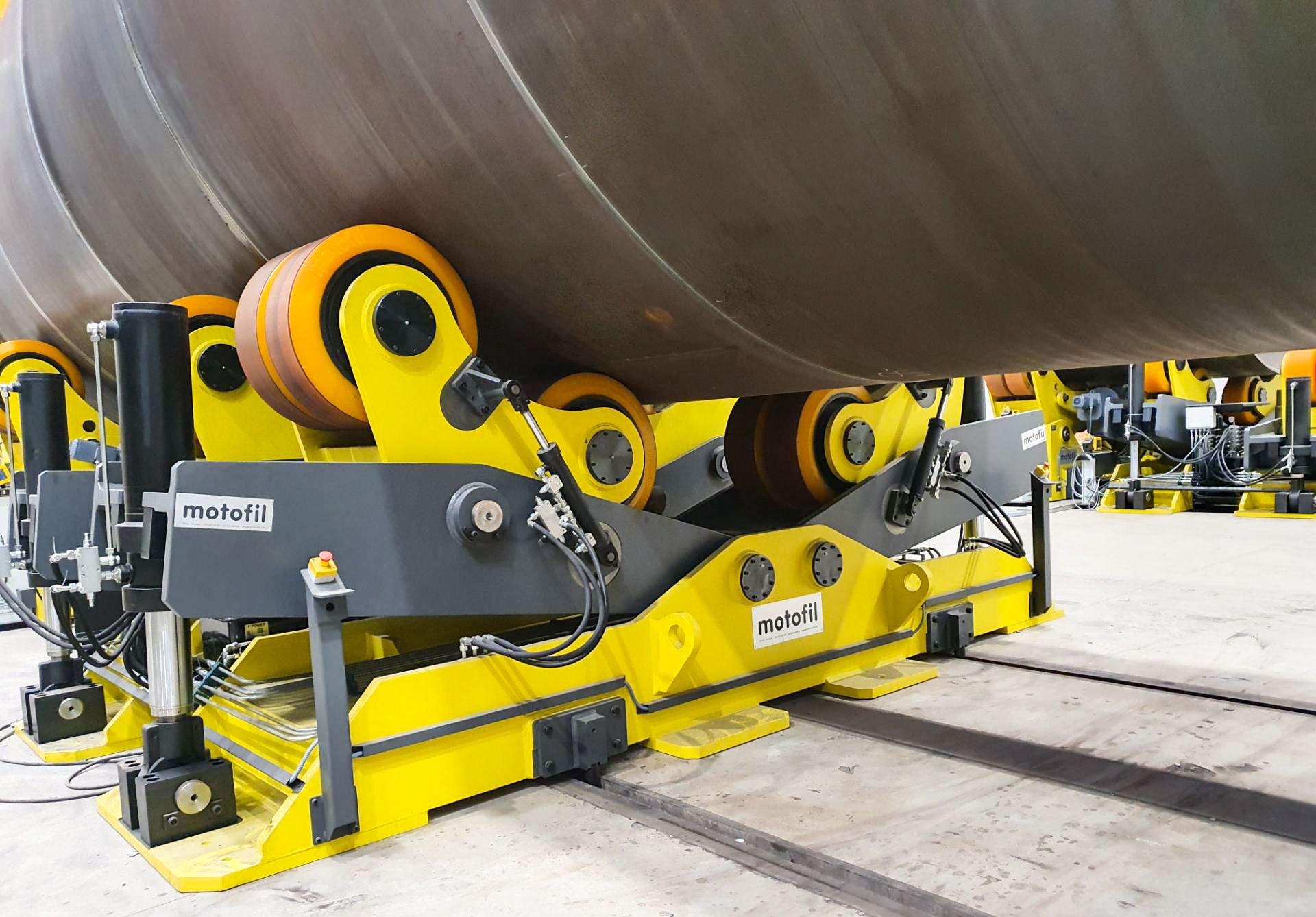29-may-2023
What are the main challenges in the production of wind towers Onshore and Offshore?
Wind energy, being one of the cleanest and most sustainable sources of energy available, has been the focus of several companies in the energy sector. But what challenges do wind tower manufacturers face?
By 2020, the share of renewable energy in the European Union's energy consumption was 22.1%, which means a growth of 9.8% over the last 15 years. The main source of this growth was due to increased investment in wind and solar photovoltaic energy. (1) In just one decade, Europe has increased its annual wind energy production by 34.8%. However, this growth is still far from what can be expected in view of the climate and energy goals for 2030. In March 2023, the European Parliament and the European Council set a mandatory target of 42.5 percent renewable energy in European consumption by 2030. In order to get close to the target, it is estimated that between 2022 and 2026 Europe will install wind farms with about 116GW (an average of 23GW per year), of which 75% will be in offshore farms.
1. Impact of energy challenges for wind tower manufacturers
2. Betting on offshore wind energy
3. What's next in the wind energy sector?
What is the impact of these goals for wind tower manufacturers?
For several decades now, wind energy has been seen as an energy source with great potential, renewable and inexhaustible. This has led several industrial companies in the energy sector to start moving their efforts into the development and manufacturing of wind towers, specifically onshore towers.
Being a product under development for several years with an established manufacturing process, the companies' focus is now on optimizing processes to increase productivity and thus respond more quickly to market needs. The market, in order to meet its goals, has become increasingly demanding in the delivery time of the equipment. Solutions such as the fit-up turning rolls, produced by Motofil, are an example of solutions that have appeared on the market in order to increase the efficiency of manufacturers. The fit-up turning rolls have been developed to perform two tasks simultaneously: positioning and joint alignment of cylindrical structures. By having an equipment that concentrates in itself two actions we increase the efficiency of the process and, consequently, the productivity of customers.

This has been the great challenge for onshore wind tower producers: to improve processes, increase productivity and respond to the market needs. However, no matter how much the manufacturing process of onshore wind towers is optimized, other external limitations such as terrain or proximity to inhabited places, block the growth potential of these wind farms.
In order to circumvent these limitations, more and more companies have been investing in the development of offshore wind farms.
Offshore wind towers: the future in development
Offshore wind energy, on the other hand, is not limited in terms of terrain relief or proximity to inhabited places, which allows it to generate more energy per unit area than onshore wind energy. In addition, offshore wind power is less affected by wind variations and has less visual impact. However, while the production of onshore wind towers is at a more mature stage of development, the same cannot be said for offshore wind towers.
The production of offshore wind towers presents some challenges that have not yet been fully overcome. Firstly, due to the size of the towers, which can reach over 16 meters in diameter, there is still no established production process, with each manufacturer using different methods to achieve the same result. On the other hand, due to the diameter, length, and weight of these products, there is still not much specific handling or welding equipment for offshore wind towers on the market so that manufacturers have the possibility to "choose solutions by catalog".
To overcome these challenges, there is still a lot of product and technology development work that must be done in partnership between the wind tower manufacturer and the production equipment manufacturer. Motofil, in addition to a range of solutions developed with all phases of wind tower production in mind, whether onshore or offshore, has a technical team capable of working side by side with the client to meet their specific needs.
What's next for the wind energy sector?
The focus on wind energy has been growing rapidly in recent years. Today, there are still not enough onshore and offshore tower production plants to meet the 2030 climate and energy goals, so a large investment in this sector is expected. In addition, it is expected that there will continue to be a focus on increasing the capacity and efficiency of wind farms (more energy, fewer towers), an increase in the development of offshore farms and also a greater focus on digitalization and automation of this sector.
Overall, great developments are anticipated for the wind energy sector as we move towards achieving carbon neutrality by 2050. If you want to be part of these developments, take a look at our solutions for this sector or get in touch with our team.
__
(1) https://op.europa.eu/webpub/eca/special-reports/wind-solar-power-generation-8-2019/pt/index.html
/ N/D